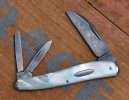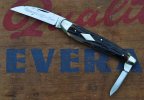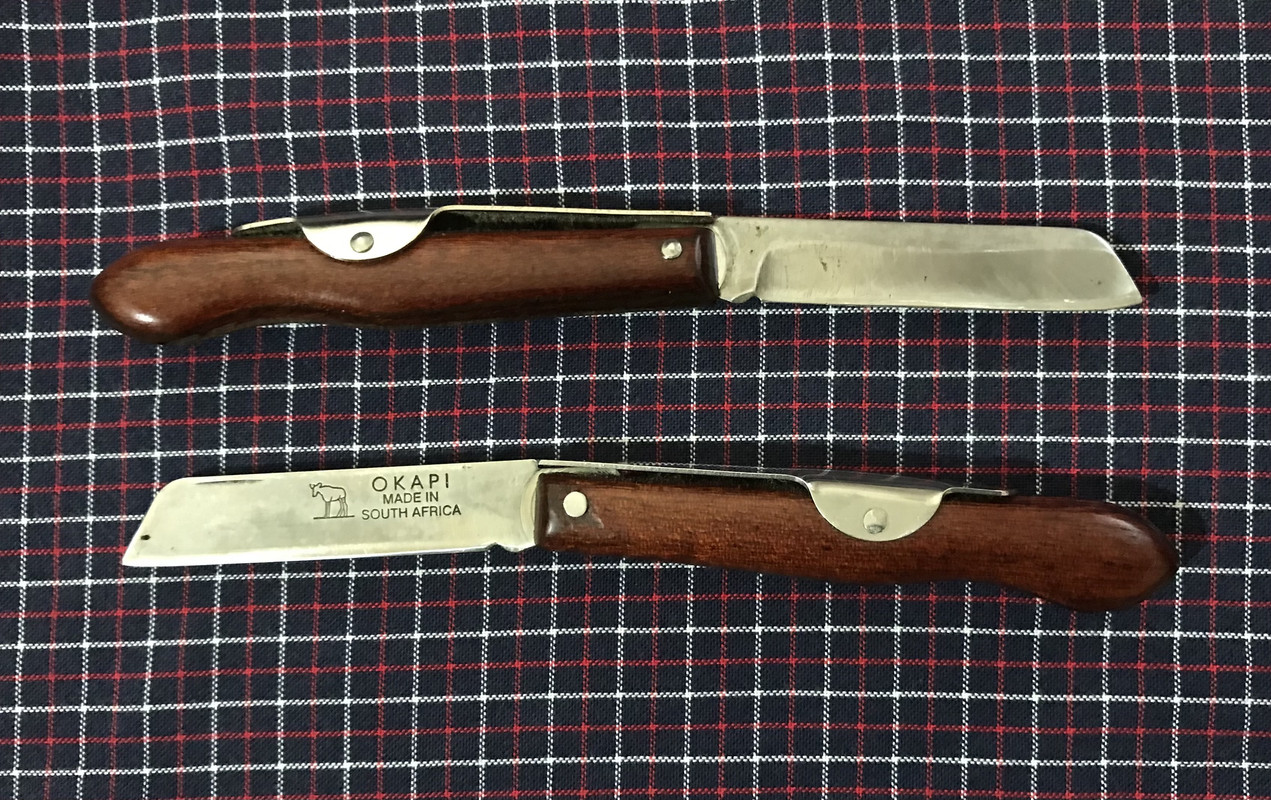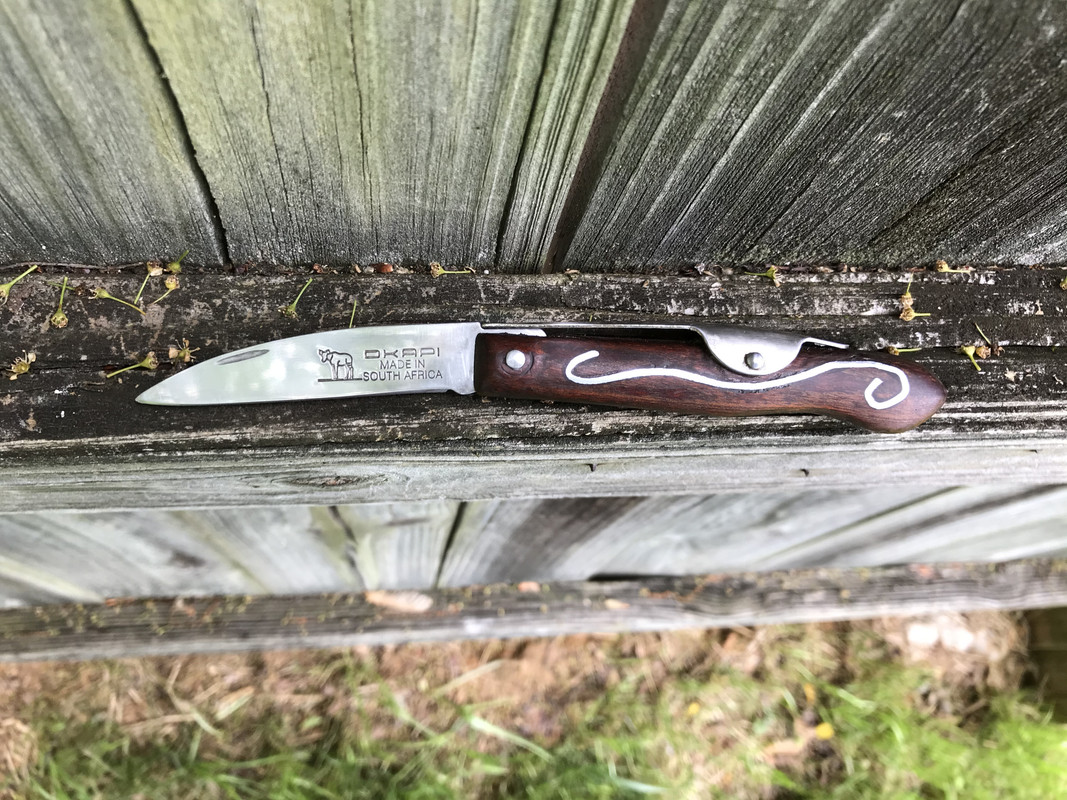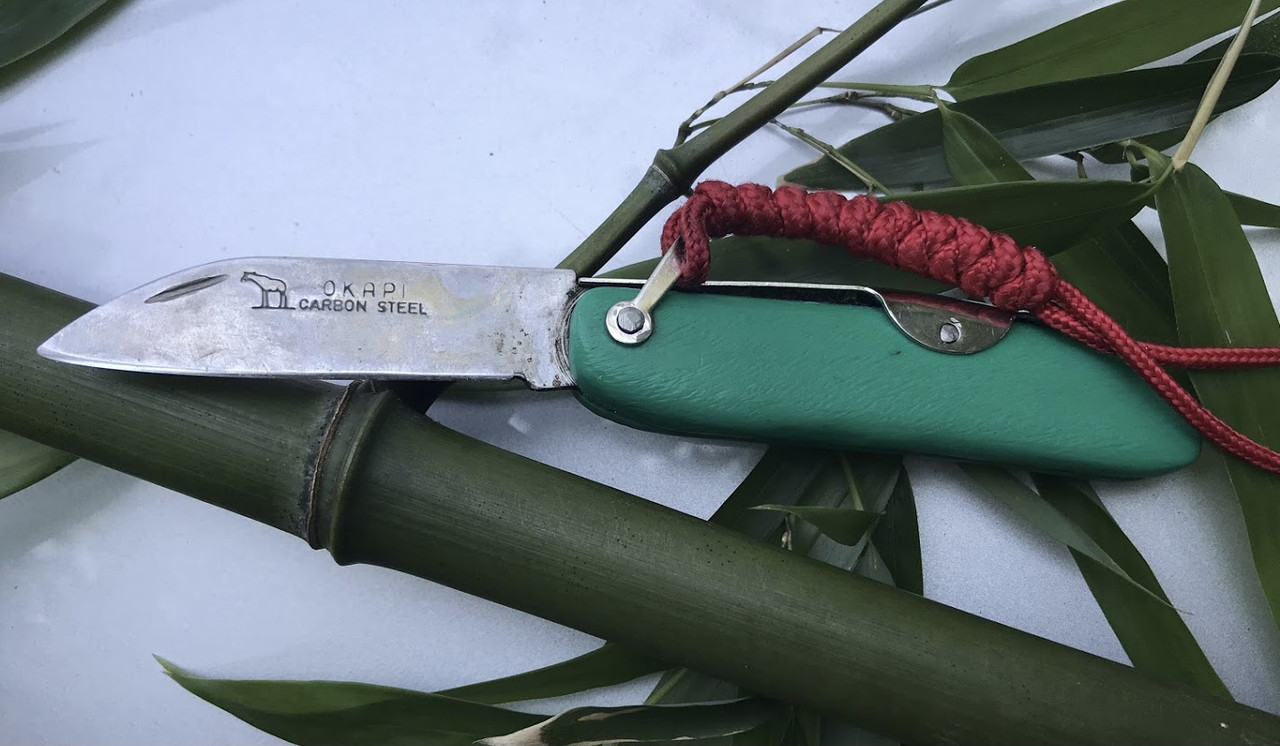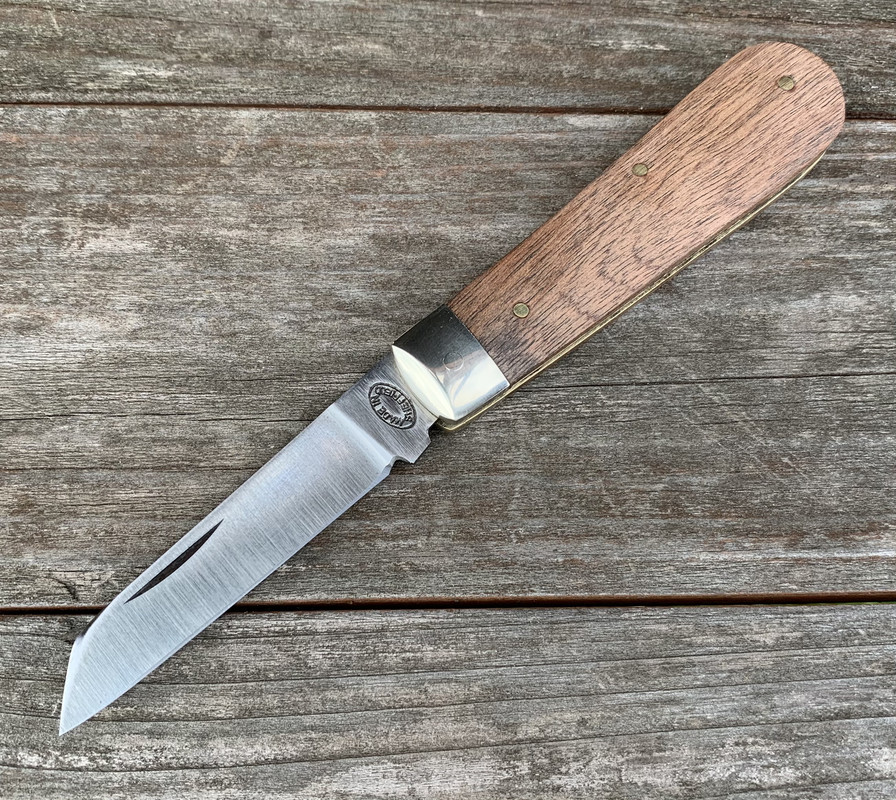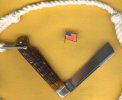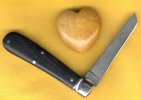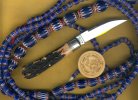For context, Charlie has devoted himself to knives and learning knife history. It’s frustrating to constantly curb the dissemination of misinformation. I’d bet he
does need a beer after reading some of the incorrect posts here.
Lambsfoot, sheepsfoot, and wharnecliffe blades are distinctly different and unique. As with most things there are gray areas, but in general you know them by a straightforward definition.
 waynorth
waynorth
, is the Ramsfoot (featured on the #93) a newly minted blade style by GEC? Or is there a historical precedent?
If it helps, my simple view is thus:
wharnecliffe’s are very different from the others due to the curvature of the spine. Lambsfoot, sheepsfoot and ramsfoot are like a family of blades, in my mind: taper narrowing, essentially no taper, and taper bellowing out (respectively). TherNoe’s probably more to it than that, but it’s a good working definition of things for my purposes.


